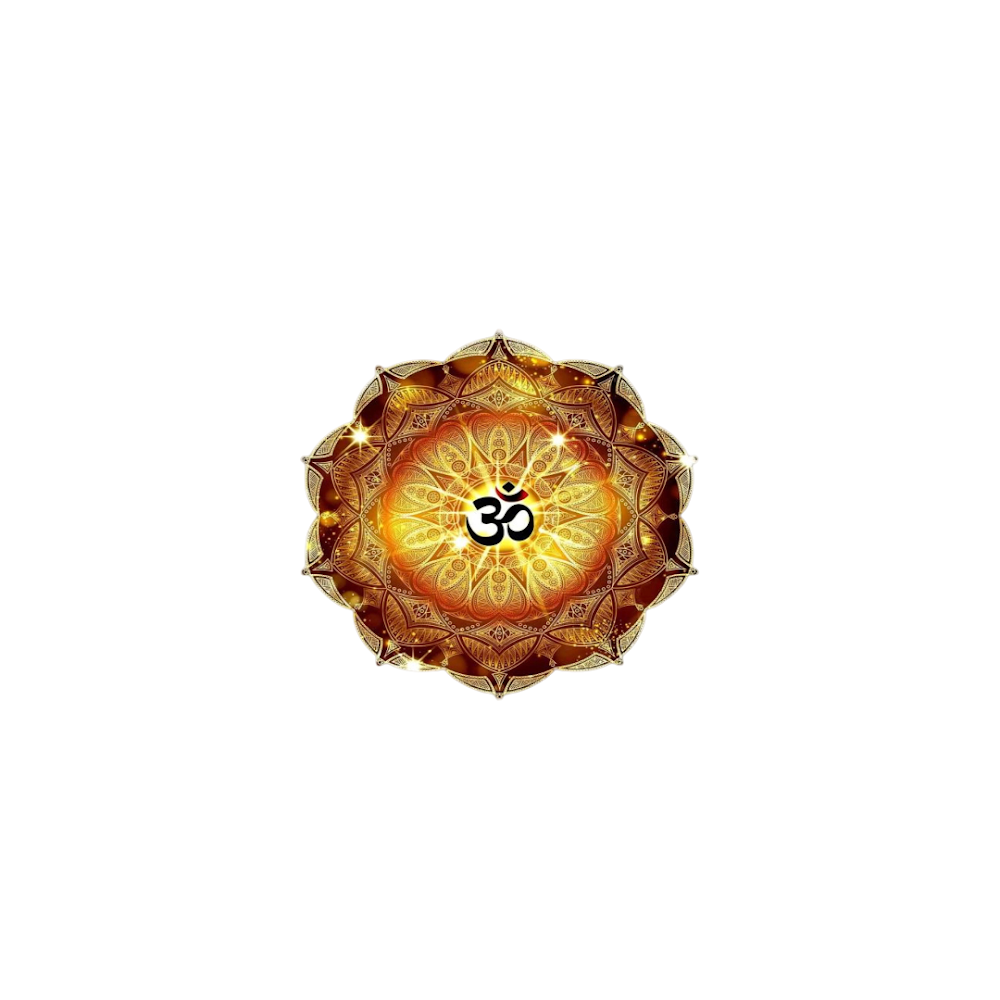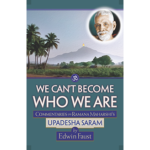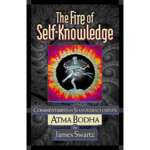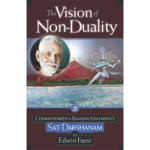Some say that Socrates was the wisest man who ever lived, yet he never had Self-knowledge. His wisdom was limited to mithya, what we call the apparent reality, meaning, that which is always changing and impermanent. Though much of Socrates’ thought processes (as far as we know because he never wrote them down) bordered on nondual thinking, in particular the allegory of the cave.
The Allegory of the Cave as Metaphor for Maya
Plato, who was Socrates’ student, recorded the allegory of the cave in writing. In it, Socrates is passing comment on the myopia that enslaves the average human mind. He constructed a tale to describe people who have spent their entire lives chained by their necks and ankles in front of an inner wall in a cave, with only a restricted view of the empty outer wall of the cave. Oblivious to everything else, all they could see and experience were the shadows and sounds on the wall in front of them, cast by the invisible ‘sign bearers’ who walked past a fire that burned unseen and unknown, behind them.
They were prisoners of these shadows, though they were no more than blurred copies of reality perceived through their senses. Yet they were understood by the prisoners as if they were coming from the shadows themselves. Just like samsaris, people who believe they are incomplete and they need objects to complete them because reality, or satisfaction, resides within the objects. Yet the objects, whatever they are, are just phantoms. Shadows of shadows.
No matter how hard we try to grab the shadow, it has no substance. Yet, when one of the prisoners breaks free and comes back to inform the cave dwellers of the illusion they are trapped in, the other inmates of the cave do not believe him. They have no desire to leave their prison, for they know no better life. And indeed how true this is of those of us caught up in the sticky web of Maya, determined to make it work to give us what we are looking for.
Socrates further explains how the philosopher, the one who can break the spell, comes to understand that the shadows on the wall are not the direct source of the images seen, and he is freed, no longer a slave. Such a one aims to understand and perceive the higher levels of reality. So it is with those of us who are primed (qualified) to break the chains of ignorance and break free of the spell of ignorance. Pity Socrates did not have access to Vedanta! If he did, he would have known that there no ‘higher levels of reality’. There is only the understanding that you, nondual Consciousness, are the only reality. Everything else is just a flicker of light appearing in you, coming and going. But you do not come or go.
Even with a rudimentary knowledge of nonduality, it is not difficult to see this allegory as a metaphor for the mind imprisoned by and limited to the box of duality. How Maya hypnotizes the mind and entrains it to think within the box, duping it into believing that the flickering ever changing shadows it experiences (thoughts and feelings) are ‘real’. Fixated by the ever changing show, a movie on a screen.
The Socratic Method
However, Socrates was most famous for what we no call ‘the Socratic method’. Which was a method of destroying any fervently held conviction by questioning the validity of the thought process that led to it. How do we really know anything? He would confound and infuriate anyone he challenged with this method because he would, inevitably, leave them with no ground to stand on. His main premise was that he knew nothing, and therefore, nor did anyone else.
And he would prove it to them by challenging every aspect of their thinking, taking it apart, invalidating it. How true that is in mithya – when anything can be true or false at the same time, depending how one looks at it. Even the laws of physics as we know them, that seem so immutable, could be subject to change. We can be certain of nothing in life because everything is constantly changing, and nothing is as it seems.
We can indeed call Socrates wise for this insight, even though it lacks the nondual perspective. When he went to see the Oracle at Delphi, he was told that he was the wisest man in Athens. Socrates was not one to acknowledge flattery, and purportedly loathed it, but he accepted this accolade. Yet he wondered, “how can I be the wisest person in Athens if I know nothing for sure and nor does anyone else?” He concluded that it was true that he was the wisest because he was the only one who knew that he knew nothing! Fair point, one supposes.
We could accuse Socrates of a kind of reverse arrogance, and we could definitely not call him humble, because that he was not. He was in fact, pretty condescending. One could even argue that his method was actually the ultimate pursuit of a point of view – his point of view. He could not discriminate between satya (that which is always present and unchanging) and mithya (that which is not always present and always changing), therefore, he could never truly contextualize and objectify his thinking to make it independent of himself. He was identified with his thinking ability, and his ideas.
But even if Socrates had known his true identity, nondual vision does not change the fact that the mithya world (apparent reality) is fundamentally unknowable. He was right about that. We experience it for better or worse, we live our lives and do what we do. Isvara gives us all special knowledge to deal with what we need to do to transact with the world on a daily basis. Everyone is skilled in some way. Some brilliant people gather highly specialized knowledge, advancing technology in all fields. Some people are incredibly talented with words, or artistically. Ohers become very knowledgeable about the human condition and are able to help others. The human mind is phenomenal in what it can be trained to do.
But none of this knowledge, or these skills, belong to anyone, only to Isvara. So how can we claim them, and say – I know this, I can do or did do this, etc. You can say that, but it will not be true. So I make a suggestion to all true non-dualists – commit to the Socratic method, minus the hubris of Socrates. Accept that you know nothing for sure, other than that you are the Self. Just as it was written at the door of the Oracle of Delphi: Know Thy Self, Vedanta says: You Are The Self. That is all you ever need to know.
But…. to pass through the door, Isvara requires you to hand over everything you think or thought you were/are. No exceptions, so dig deep into those pockets, pull out the ignorance hiding there. Isvara is very strict about this. In case you never got the memo – karma yoga means give up knowing anything and give up being right about everything. None of it matters. Nondual vision, ‘seeing’ as the Self, means you know everything in essence. But that essence has nothing to do with anything you think, feel, or experience, other than that without Consciousness, you would not be thinking, feeling or experiencing anything.
Thumbs up for Socrates. We will give him a round of applause. We forgive him his vanity, and we know he really did not have to imbibe the hemlock. Dying was the ultimate statement that he was right.
We need nothing more than to see the joke that Maya plays on the mind, and the shadows on the wall are no more.
Sundari
ShiningWorld.com











